A 3.5-Year Review of the $4K Leica Q
![]()
If there’s a fundamental flaw with product reviews, it’s the typically short duration that reviewers have with the item before hitting a publishing deadline or needing to return the product to the manufacturer. With rapid product refreshes, the lifetime of any particular product can be short, which can often render longer evaluations as impractical.
But as technologies mature, consumers are decreasing the rate at which they upgrade their products. In digital photography, both lenses and camera bodies produced in the past few years are still going strong. Is it nice to have 48MP? 100MP? Sure, but for many applications, 24MP does the job just fine.
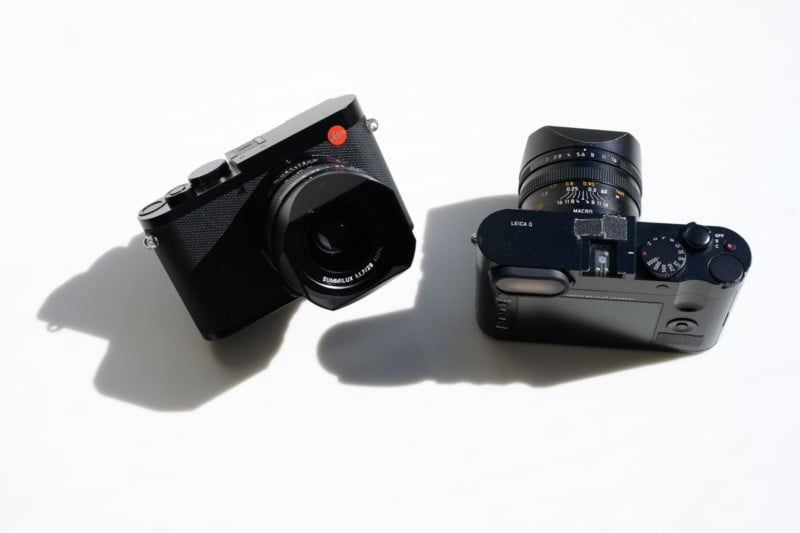
I say this with partial irony as I’ve just upgraded to a Leica Q2 after having owned a Leica Q for 3.5 years. But my Leica Q is still an amazing camera, and given that there are many good deals on this camera to be found, I thought it would be a good time to re-review the camera after using it for 40 months and taking over 60,000 photos as it traveled with me to 19 countries.
I ordered my Leica Q on June 20, 2015, and took delivery of it in September of that year. As a replacement for an aging and well-worn Sony RX1, the increase in size and weight was noticeable, but it still fit my criteria for a full-frame, compact travel camera.
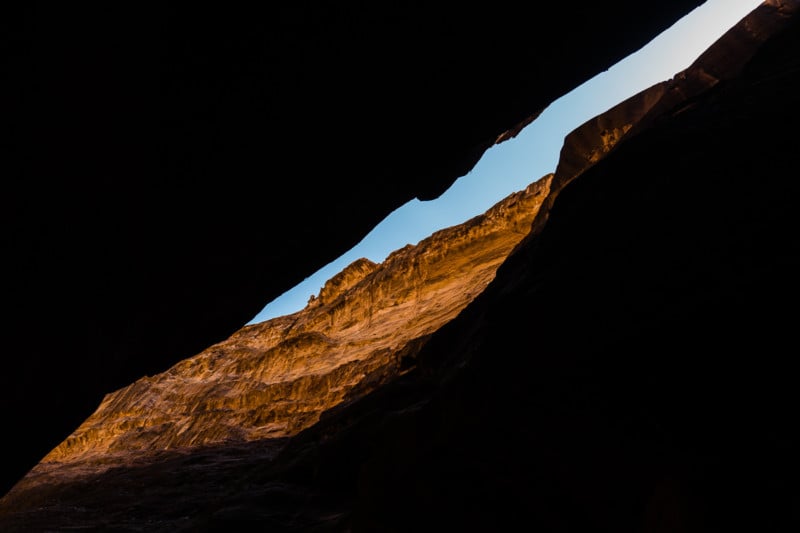
Pros
Lens
The Q features a 28mm f/1.7 lens – a curious choice to many people. Why not the more typical 35mm FOV of street photography? And in truth, the lens did feel very wide initially. But the FOV is the same as many smartphones including the iPhone and Google Pixel, so over time, 28mm has become a very comfortable way of seeing for many people.
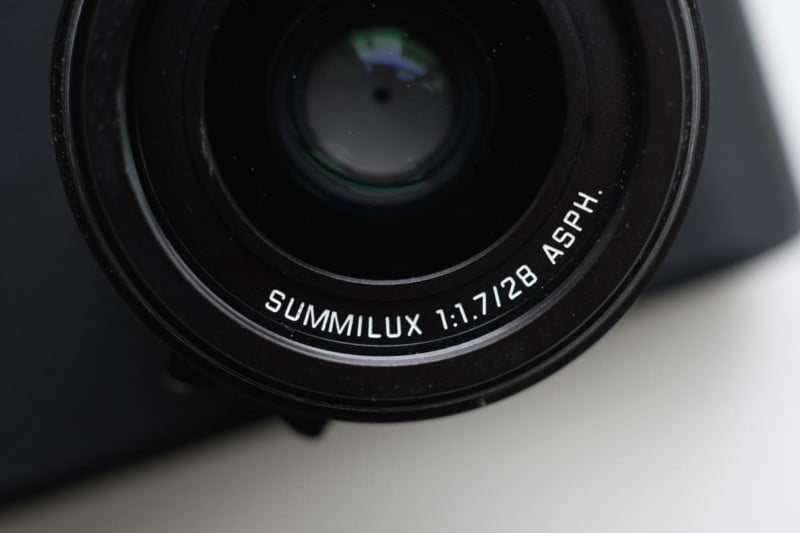
Modern lens design has moved away from having a physical aperture ring – choosing instead to use dials on the camera body, for better or worse. But the Q retains an aperture ring with 1/3 stop control that I use frequently.
The macro mode is a neat little trick that gives you a little more flexibility for those food photographs. No one will mistake the focal length for a portrait lens, but it’s still capable of taking some nice environmental portraits.
Image Quality
The image quality has always been impressive to me. The camera’s DNGs have a built-in profile, so you can’t see what software adjustments are being made to lens defects while using a program like Adobe Lightroom unless you use a program like RAW Digger.



Autofocus
The Achilles heel of the Sony RX1 was the low light focusing – even in the updated versions. By contrast, the Q’s autofocus is crisp and works surprisingly well in low light despite having a contrast detection system. Using manual focusing automatically throws the EVF into a magnified mode with focus peaking turned on. The focusing mechanism is silky smooth and manual focusing is unusually easy.
Quiet Operation
Taking photos is SILENT, unlike mirrorless cameras like the Nikon Z7, which still has an audible shutter sound. It’s hard to explain how differently people react when they don’t hear a shutter sound. Using the camera becomes a liberating process.
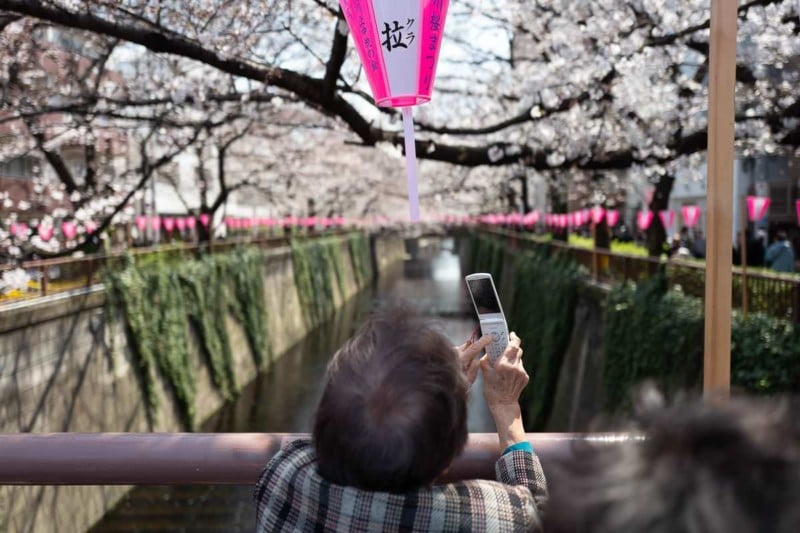
Size
It’s not as small as some other options, but for me, the camera hits the perfect intersection of size and image quality. At 640g, it’s noticeably heavier than the Sony RX1R II (507g) or the Fuji X100F (469g), but it’s still significantly lighter than any full-frame DSLR or ILP system with a comparable lens.
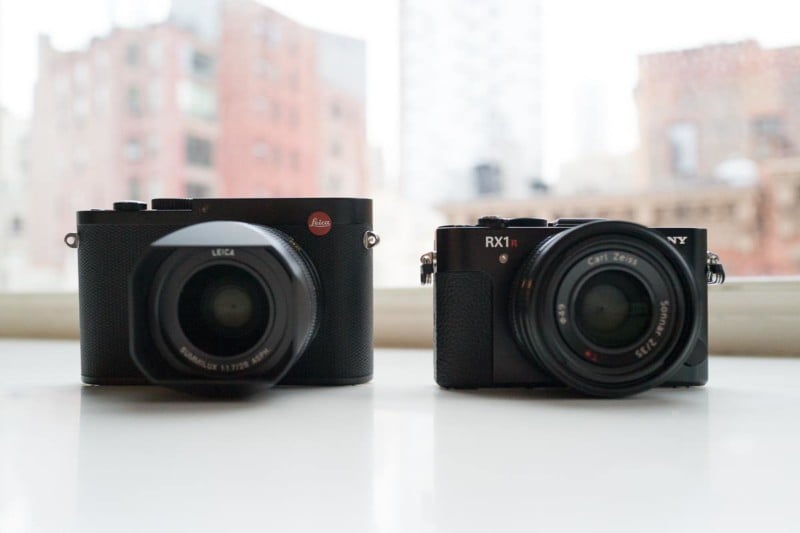
Cons
Dust
Within the first few months of ownership, dust started to appear on my sensor. Early production models had poor sealing with dust allegedly entered through the microphone and speaker ports on the camera. I shipped the camera back to Leica and after 2 months, they shipped back a brand new camera!
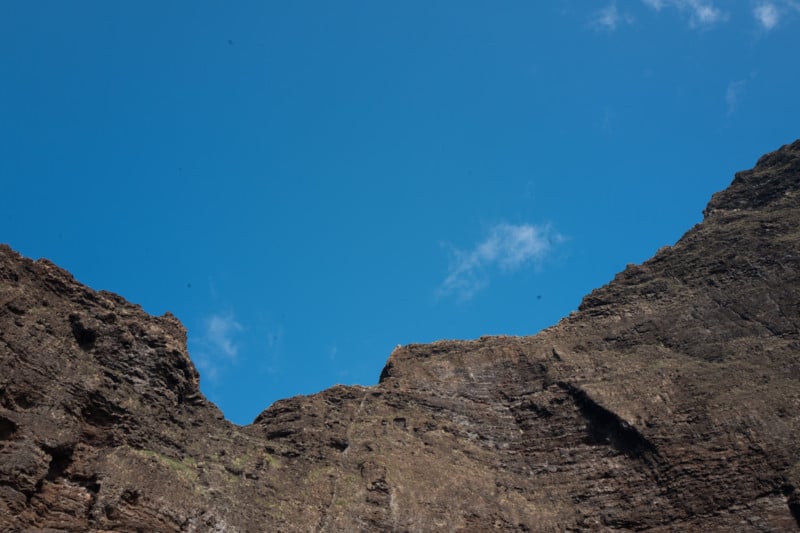
Although the replacement unit seemed to mitigate the dust problem, it didn’t eliminate it. A year and a half later, I sent the unit back for a sensor cleaning, then promptly taped up with speaker and mic ports with gaffer’s tape. I haven’t had an issue since.
The new Q2 features an IP52 rating which means it’s “Protected from limited dust ingress” – perhaps not the IP67 or IP68 rating we’ve seen from the most recent crop of smartphones, but I’ll take whatever improvement in protection I can get.
Diopter
The Q’s built-in diopter has no locking mechanism, unlike many DSLRs, which require the user to pull out a knob to adjust. Even though the mechanism lies fairly flat against the body, I still found an annoying tendency for it to spin while the camera was hung across my body.
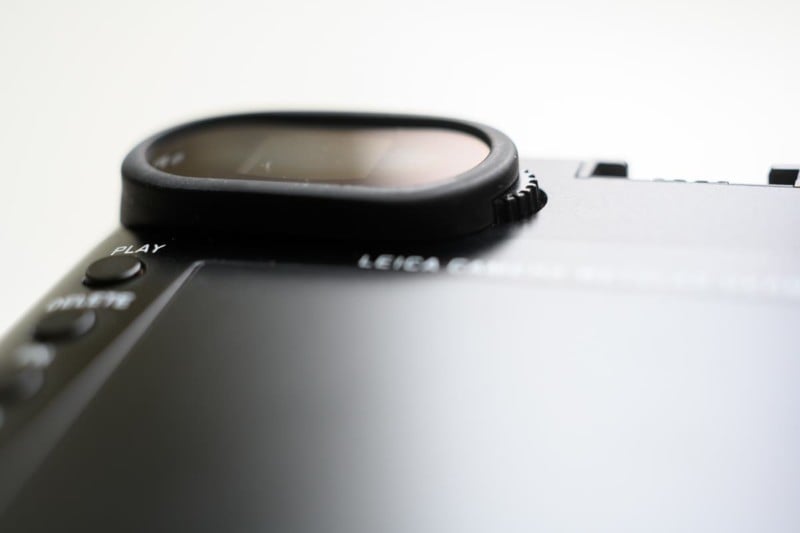
Battery Life
Compact cameras always get dinged for poor battery life, and the Q is no exception. On the one hand, it seems reasonable to expect a $4,000 camera (at the time I purchased it) to have decent battery life. On the other hand, a smartphone can barely last a day.
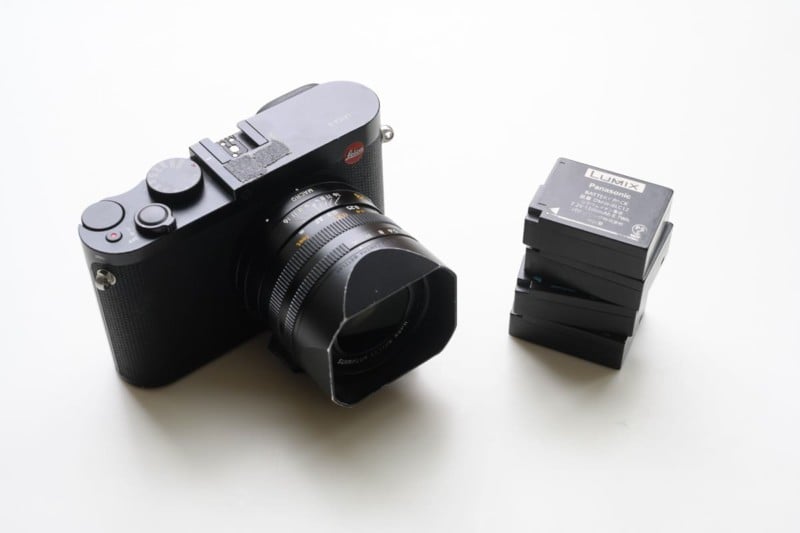
Power Button
In my humble opinion, a power button/switch should fulfill a single function. As with some past camera designs, the Leica Q intermixes the single and continuous shooting mode functions into the power switch. Because of the poor battery life, I’ve always shut the camera off between taking photos, which means even more opportunities to inadvertently throw the camera into continuous mode. The problem is minor compared to the more consequential diopter issue, but it’s annoying nevertheless.
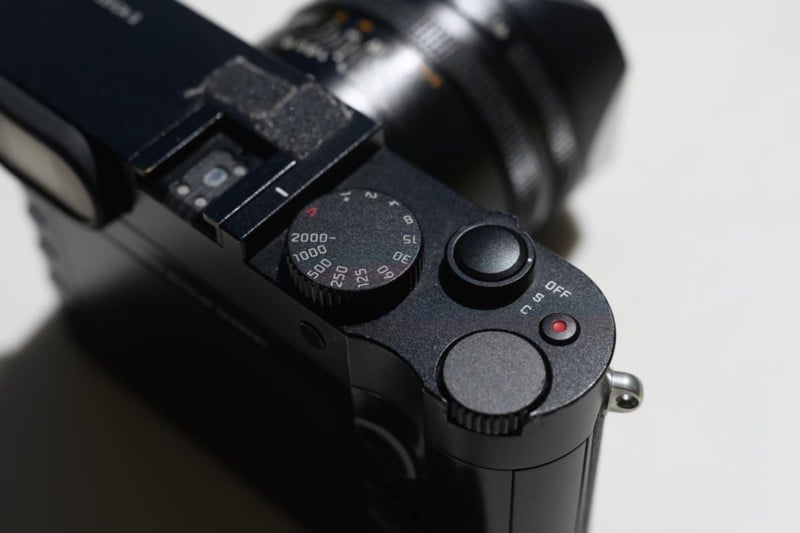
Software
Until September 2018, the Leica Q had its own dedicated app – a WiFi-based, power-hungry app that allowed you to both remotely control and download JPGs from the camera. It worked reliably, if not slowly, and has now been replaced with Leica Fotos, a single app that services all Leica cameras.
On one hand, the number of steps that it takes to transmit a photo from camera to phone seems unacceptable in today’s mobile economy (and nearly every camera manufacturer has this problem). On the other hand, I enjoy untethering myself from the constant need to post to social media – instead, focusing on watching and taking more photos.
Conclusion
If one measure of a good camera, is the one you’re inclined to carry with you, the Leica Q fits the bill. For those who want more fine-tuned control, better low light performance and higher image quality than a smartphone, a dedicated camera is the only way to go. Yet size and weight can be a strong disincentive. Happily, this hasn’t been the case with the Leica Q, and if Leica waited another few years before releasing the Q2, I have no doubt that I would have continued to strap the Q around my neck.

In many ways, the Leica Q has been one of the best cameras (if not the best) camera I’ve owned. Its inability to change lenses has often been a benefit rather than a crutch (granted, it isn’t the appropriate choice for every type of photography). And while it may not be as durable or “pro” as some of my DSLRs, I’m confident that I wouldn’t have captured as many moments of my life without it because the alternative was too heavy and bulky.
Is the Leica Q worth the premium price? I’ve owned a lot of cameras and lenses at various price points that rarely make it out of the camera bag. In a sense, the best gear for me is the one that inspires and encourages me to take photos. The Q has been a trusty companion with or without the red badge.
About the author: Allen Murabayashi is the Chairman and co-founder of PhotoShelter, which regularly publishes resources for photographers. The opinions expressed in this article are solely those of the author. Allen is a graduate of Yale University, and flosses daily. This article was also published here.